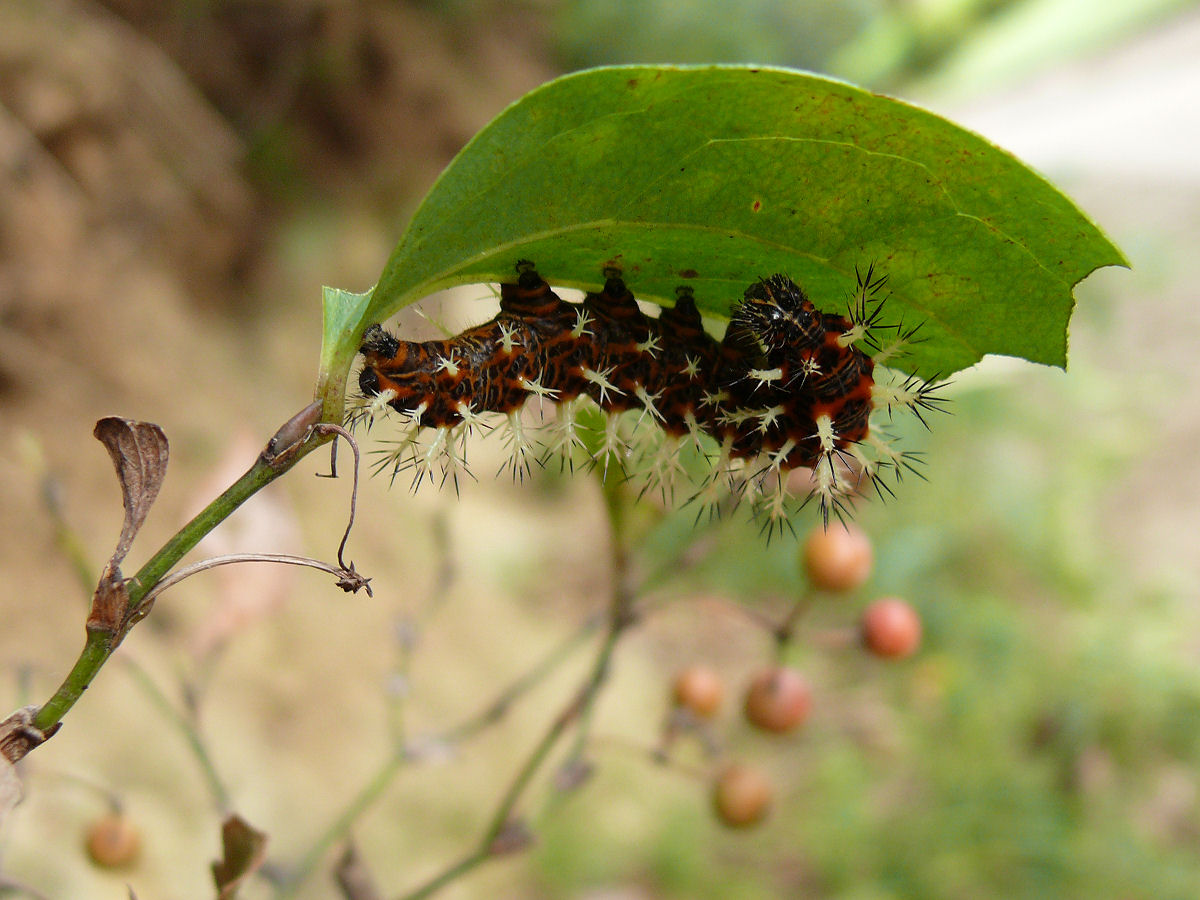|
Binna Scita
''Pseudoradiarctia scita'' is a moth in the family Erebidae. It was described by Francis Walker in 1865. It is found in Cameroon, the Democratic Republic of the Congo, Ghana, Nigeria, South Africa, Tanzania, the Gambia, Uganda and Zambia. The larvae feed on ''Cassia tomentosa Cassia typically refers to cassia bark, the spice made from the bark of East Asian evergreen trees. Cassia may also refer to: Plants ;Cinnamon trees * '' Cinnamomum cassia'' (, ''ròuguì''), the cassia or Chinese cinnamon, found in southern Ch ...'', '' Acacia mearnsii'', '' Smilax kraussiana'' and '' Tagetes erecta''. References * Moths described in 1865 Spilosomina {{Spilosomina-stub ... [...More Info...] [...Related Items...] OR: [Wikipedia] [Google] [Baidu] |
Francis Walker (entomologist)
Francis Walker (31 July 1809 – 5 October 1874) was an English entomologist. He was born in Southgate, London, on 31 July 1809 and died at Wanstead, England on 5 October 1874. He was one of the most prolific authors in entomology, and stirred controversy during his later life as his publications resulted in a huge number of junior synonyms. However, his assiduous work on the collections of the British Museum had great significance. Between June 1848 and late 1873 Walker was contracted by John Edward Gray Director of the British Museum to catalogue their insects (except Coleoptera) that is Orthoptera, Neuroptera, Hemiptera, Diptera, Lepidoptera and Hymenoptera. Walker largely accomplished this and (Edwards, 1870) wrote of the plan and by implication those who implemented it “It is to him raythat the Public owe the admirable helps to the study of natural history which have been afforded by the series of inventories, guides, and nomenclatures, the publication of which beg ... [...More Info...] [...Related Items...] OR: [Wikipedia] [Google] [Baidu] |
The Gambia
The Gambia,, ff, Gammbi, ar, غامبيا officially the Republic of The Gambia, is a country in West Africa. It is the smallest country within mainland AfricaHoare, Ben. (2002) ''The Kingfisher A-Z Encyclopedia'', Kingfisher Publications. p. 11. . and is surrounded by Senegal, except for its western coast on the Atlantic Ocean. The Gambia is situated on both sides of the lower reaches of the Gambia River, the nation's namesake, which flows through the centre of the Gambia and empties into the Atlantic Ocean, thus the long shape of the country. It has an area of with a population of 1,857,181 as of the April 2013 census. Banjul is the Gambian capital and the country's largest metropolitan area, while the largest cities are Serekunda and Brikama. The Portugal, Portuguese in 1455 entered the Gambian region, the first Europeans to do so, but never established important trade there. In 1765, the Gambia was made a part of the British Empire by establishment of the Gambia Col ... [...More Info...] [...Related Items...] OR: [Wikipedia] [Google] [Baidu] |
Tagetes Erecta
''Tagetes erecta'', the Aztec marigold, Mexican marigold, big marigold, ''cempazúchitl'' or ''cempasúchil'', is a species of flowering plant in the genus ''Tagetes'' native to Mexico. Despite being native to the Americas, it is often called the African marigold. In Mexico, this plant is found in the wild in the states of México, Michoacán, Puebla, and Veracruz. This plant reaches heights of between . The Aztecs gathered the wild plant as well as cultivating it for medicinal, ceremonial and decorative purposes. It is widely cultivated commercially with many cultivars in use as ornamental plants, and for the cut-flower trade. Some authorities regard ''Tagetes patula'' (the French marigold) as a synonym of ''Tagetes erecta''. Description It is a herbaceous annual or perennial plant whose height ranges from 30–110 cm. The root is cylindrical, pivoting, with a fibrous and shallow branching system. The stem is striated, sometimes ridged, smooth or slightly with villi, cyl ... [...More Info...] [...Related Items...] OR: [Wikipedia] [Google] [Baidu] |
Smilax Kraussiana
''Smilax'' is a genus of about 300–350 species, found in the tropics and subtropics worldwide. In China for example about 80 are found (39 of which are endemic), while there are 20 in North America north of Mexico. They are climbing flowering plants, many of which are woody and/or thorny, in the monocotyledon family Smilacaceae, native throughout the tropical and subtropical regions of the world. Common names include ''catbriers'', ''greenbriers'', ''prickly-ivys'' and ''smilaxes''. ''Sarsaparilla'' (also zarzaparrilla, sarsparilla) is a name used specifically for the Jamaican '' S. ornata'' as well as a catch-all term in particular for American species. Occasionally, the non-woody species such as the smooth herbaceous greenbrier (''S. herbacea'') are separated as genus ''Nemexia''; they are commonly known by the rather ambiguous name ''carrion flowers''. Greenbriers get their scientific name from the Greek myth of Crocus and the nymph Smilax. Though this myth has numerou ... [...More Info...] [...Related Items...] OR: [Wikipedia] [Google] [Baidu] |


